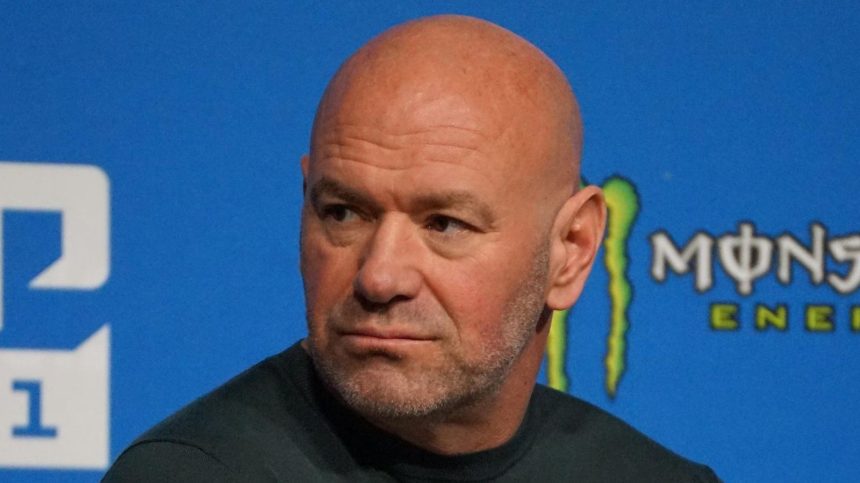The UFC landscape shifted dramatically following a lackluster fight night in Saudi Arabia, culminating in the release of two heavyweight fighters, Jairzinho Rozenstruik and Jamal Pogues. The event, marked by underwhelming performances, underscored the competitive nature of the division and the high standards expected by the organization. Rozenstruik’s release, in particular, sent ripples through the heavyweight rankings, prompting speculation about potential replacements and reshaping the divisional hierarchy. Pogues’ departure, while less impactful on the rankings, highlighted the precarious position of fighters struggling to maintain consistent victories.
Rozenstruik’s fight against Sergei Pavlovich, described as “horrible” by UFC President Dana White, sealed his fate within the organization. Entering the fight as the ninth-ranked heavyweight, Rozenstruik held a respectable record with notable wins over established veterans. However, his performance against Pavlovich failed to meet expectations, leading to a decisive loss and ultimately, his release. This unexpected turn of events created a vacancy in the rankings, opening the door for other contenders to ascend.
Pogues’ release, while less surprising given his recent losses, sparked controversy due to the contentious nature of his fight against Hamdy Abdelwahab. Despite significantly out-landing his opponent in significant strikes, Pogues found himself on the wrong side of a split decision, a result widely criticized by observers. The loss, coupled with his previous defeats, ultimately led to his departure from the UFC. While not ranked, Pogues’ exit further thinned the heavyweight division, underscoring the constant pressure to perform at the highest level.
The aftermath of these releases immediately sparked discussions about potential replacements for Rozenstruik in the heavyweight rankings. Kennedy Nzechukwu and Martin Buday emerged as frontrunners, both boasting recent victories. Nzechukwu’s impressive first-round knockout win in December positioned him favorably for a significant jump in the rankings. Buday’s victory, while less decisive, still held merit. However, the timing of Rozenstruik’s release introduced another potential contender into the mix: the winner of the upcoming Justin Tafa vs. Talisson Teixeira bout at UFC 312.
The UFC 312 event in Sydney, Australia, became a focal point for heavyweight ranking implications. Tafa, despite recent losses, remained on the cusp of a top-15 ranking, while Teixeira, making his main roster debut, presented a potential dark horse. A decisive victory, particularly by stoppage, could propel either fighter into the rankings conversation. Looking ahead, a potential matchup between Teixeira or Tafa and Nzechukwu emerged as an intriguing possibility, further shaping the heavyweight landscape.
The UFC 312 card promised a night of high-octane action across multiple weight classes. The main event featured a middleweight title clash between Dricus du Plessis and Sean Strickland, while the co-main event showcased a women’s strawweight title bout between Weili Zhang and Tatiana Suarez. These championship fights, along with the Tafa vs. Teixeira heavyweight bout, held significant implications for divisional rankings and future matchups. The undercard offered a mix of established veterans and rising prospects, each vying for an opportunity to climb the ranks and solidify their position within the UFC. The event as a whole represented the dynamism and constant evolution of the sport, with every fight carrying the potential for dramatic shifts in the competitive landscape. From title fights to undercard bouts, UFC 312 epitomized the unpredictable nature of mixed martial arts, where fortunes could change in an instant, and new stars could emerge at any moment. The event also provided a platform for fighters to showcase their skills and make a statement, potentially altering the trajectory of their careers. With rankings, rivalries, and reputations on the line, UFC 312 promised to be a night of compelling action, with far-reaching consequences for the future of the sport.



